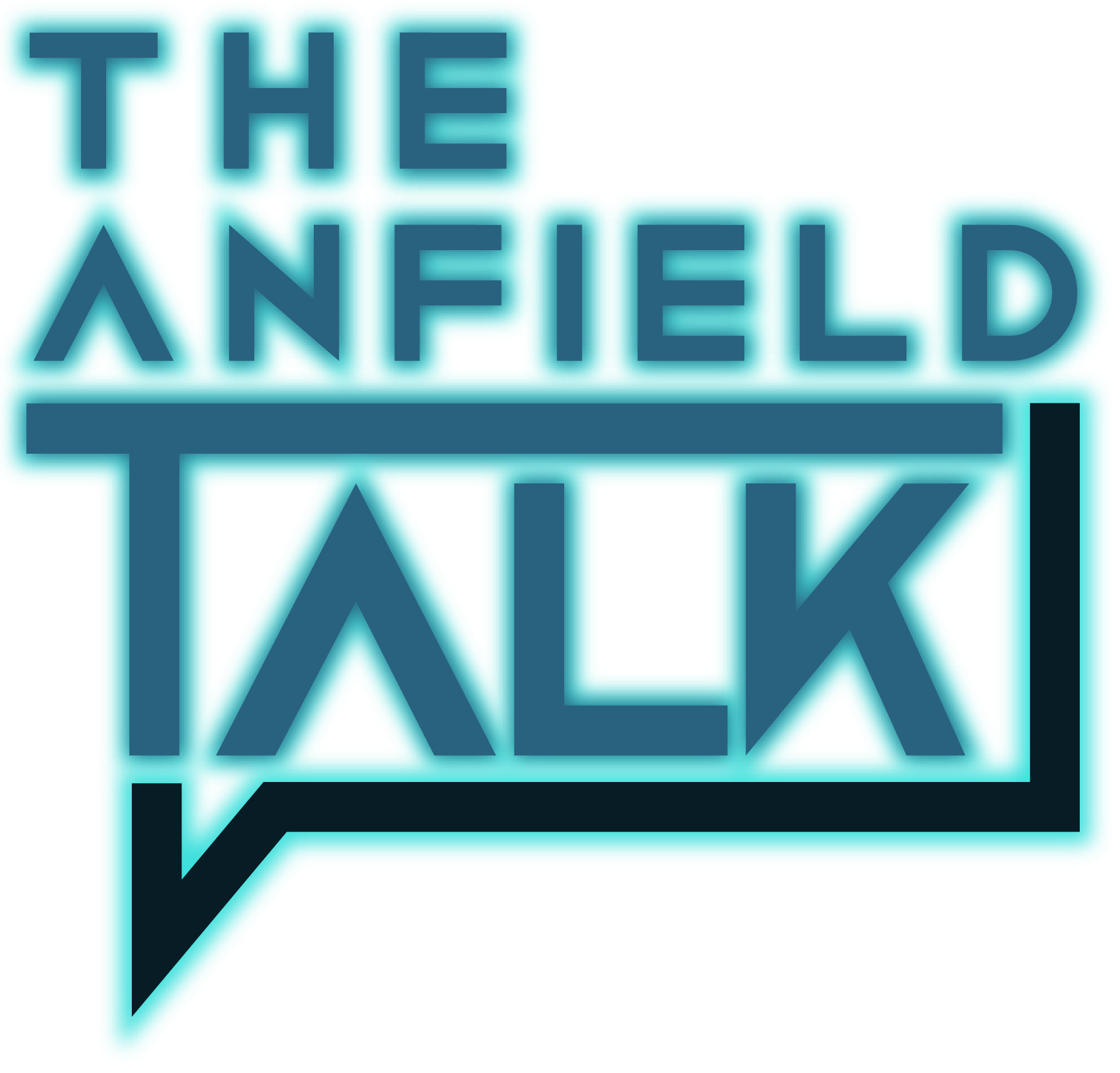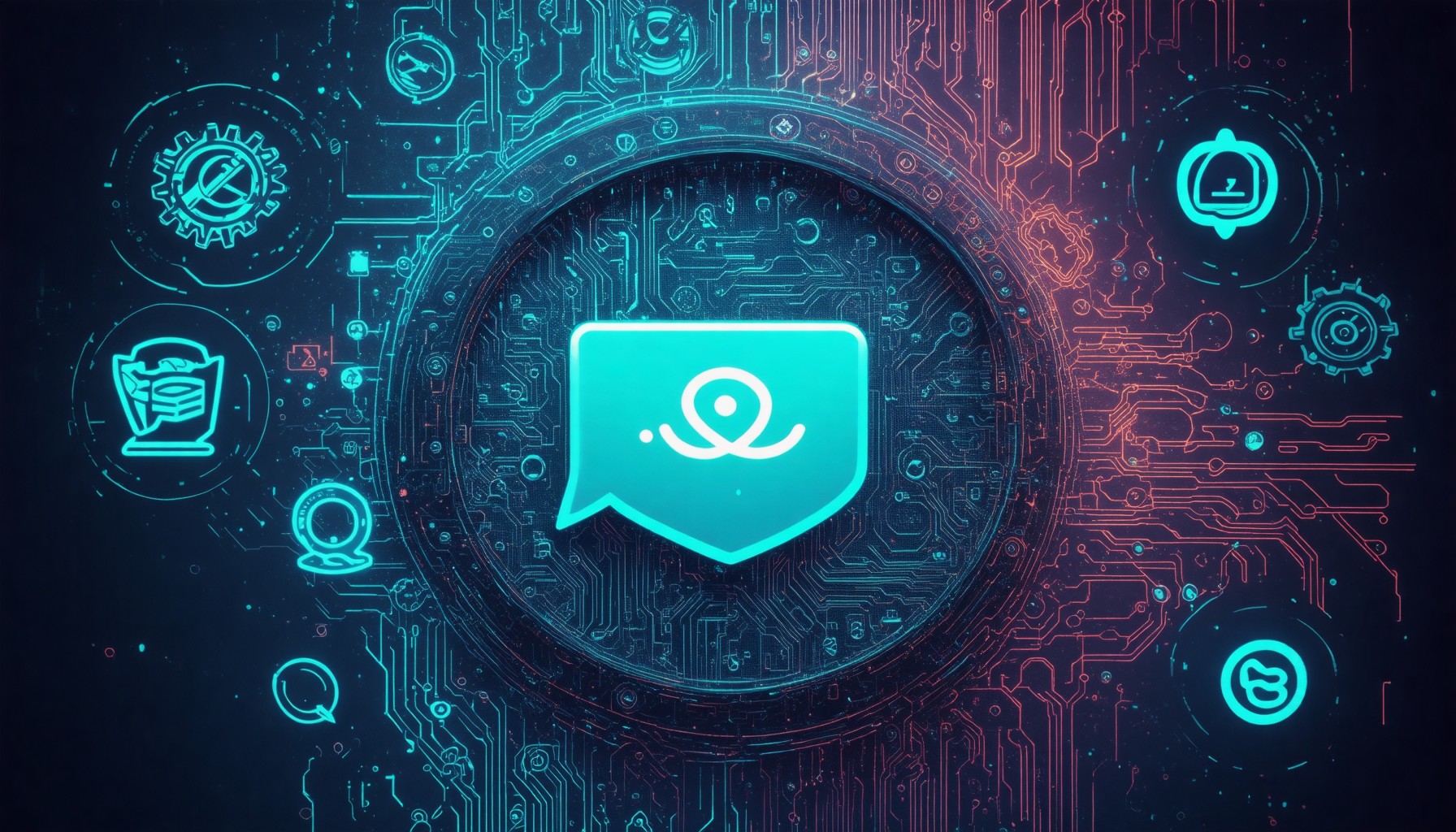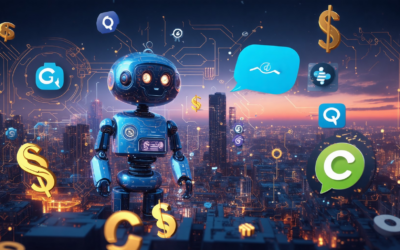Key Takeaways
- Understanding Messenger Bots: Messenger bots automate communication on platforms like Facebook Messenger, enhancing user engagement and customer service.
- Revenue Potential: Businesses can generate income through lead generation, affiliate marketing, subscription services, e-commerce integration, and targeted advertising with messenger bots.
- Legal Compliance: Adhering to data protection laws and Facebook’s platform policies is crucial to ensure the legality and ethical operation of messenger bots.
- Privacy Matters: Implementing robust data protection measures builds trust and credibility with users, essential for successful bot interactions.
- Identifying Bots: Recognizing behavioral patterns and response styles can help users differentiate between human and bot interactions effectively.
In today’s digital landscape, messengerbots have emerged as powerful tools for businesses and individuals alike, transforming the way we communicate and interact online. This article delves into the fascinating world of messenger bots, exploring their functionality, legal status, and earning potential on platforms like Facebook Messenger. We will begin by defining what a messenger bot is and examining its key features, before moving on to uncover various revenue streams available through messenger bot earning apps. Additionally, we will address important legal considerations, ensuring compliance with Facebook Messenger policies while safeguarding user privacy. As we navigate through this guide, you will learn how to identify messenger bots, distinguish them from human interactions, and even discover creative ways to engage with these automated systems. Whether you’re looking to create your own messenger bot or simply want to understand their applications in marketing and customer service, this comprehensive exploration will equip you with the insights needed to maximize your experience with messenger bots.
What is a Messenger Bot?
Understanding the Basics of Messenger Bots
A Messenger bot, also known as a chatbot, is an automated software application designed to facilitate communication between businesses and users on the Facebook Messenger platform. These bots leverage artificial intelligence (AI) and natural language processing (NLP) to understand and respond to user inquiries, providing instant support and information.
Overview of Messenger Bot Functionality
Messenger bots are revolutionizing the way businesses interact with their customers. Key features of Messenger bots include:
- 24/7 Availability: Messenger bots can operate around the clock, ensuring that users receive immediate responses to their questions at any time, which enhances customer satisfaction.
- Personalization: By utilizing user data and interaction history, Messenger bots can deliver personalized experiences, tailoring responses based on individual preferences and behaviors.
- Scalability: Businesses can handle a large volume of inquiries simultaneously without the need for additional human resources, making Messenger bots a cost-effective solution for customer service.
- Integration with Services: Messenger bots can be integrated with various services, such as booking systems, payment gateways, and customer relationship management (CRM) tools, streamlining operations and improving user experience.
- Analytics and Insights: These bots can track user interactions and provide valuable insights into customer behavior, helping businesses refine their strategies and improve engagement.
Recent studies indicate that Messenger bots can significantly enhance user engagement and conversion rates. According to a report by Chatbots Magazine, businesses that implement chatbots can see up to a 30% increase in customer engagement.
Key Features of Messenger Bots
For businesses looking to build a Messenger bot, platforms like ManyChat offer comprehensive tools and resources to create and manage effective chatbots tailored to specific business needs. By automating communication through Messenger bots, companies can improve operational efficiency and enhance customer relationships.
To explore more about maximizing your Messenger bot earnings, check out our comprehensive guide to messenger bots.
How do Messenger bots make money?
Messenger bots have become a vital tool for businesses looking to enhance customer engagement and drive revenue. By leveraging various monetization strategies, these bots can effectively generate income while providing value to users. Below, we explore the key revenue streams for messenger bots.
Exploring Revenue Streams for Messenger Bots
Messenger bots can generate revenue through several effective strategies:
- Lead Generation: Messenger bots are powerful tools for businesses to capture leads. By engaging users in personalized conversations, these bots can guide potential customers through sales funnels, ultimately converting interactions into sales. According to a study by the Harvard Business Review, companies using chatbots for lead generation have seen a significant increase in conversion rates.
- Affiliate Marketing: Bots can promote various products and services, earning commissions on sales generated through their recommendations. By integrating affiliate links within conversations, businesses can leverage their bots to drive traffic to partner products, thus creating a passive income stream. Research from the Content Marketing Institute highlights that affiliate marketing through chatbots can enhance customer engagement and increase sales.
- Subscription Services: Some Messenger bots offer premium content or services through subscription models. Users can subscribe for exclusive access to information, discounts, or personalized services, providing a steady revenue stream for businesses. A report from Statista indicates that subscription-based models are becoming increasingly popular among consumers, especially in the digital space.
- E-commerce Integration: Messenger bots can facilitate direct sales by integrating with e-commerce platforms. Businesses can showcase products, handle transactions, and provide customer support all within the Messenger app. According to a survey by Business Insider, 70% of consumers prefer to shop through messaging apps, making this a lucrative avenue for revenue generation.
- Advertising: Businesses can utilize Messenger bots to deliver targeted advertisements to users based on their interactions and preferences. This approach not only enhances user experience but also allows companies to monetize their bot interactions effectively. A report from eMarketer suggests that personalized advertising through chatbots can lead to higher engagement rates and improved ROI.
By employing these strategies, businesses can effectively monetize their Messenger bots, driving both engagement and revenue.
Messenger Bot Earning App Options
There are several messenger bot earning apps available that can help users maximize their revenue potential. Some popular options include:
- ManyChat: A leading platform for creating Facebook Messenger bots, ManyChat offers tools for businesses to engage customers and drive sales.
- Maximize Your Income with Messenger Bots: This comprehensive guide provides insights into various earning apps and strategies for monetizing messenger bots effectively.
- Truth About Messenger Bot Earning Apps: This resource helps users identify legitimate earning opportunities and navigate the landscape of messenger bot apps.
By exploring these options, users can find the right tools to create and monetize their messenger bots effectively.
Legal Considerations for Using Messenger Bots
The legality of messenger bots hinges on several factors, primarily focusing on compliance with applicable laws and ethical standards. Here are key considerations:
- Compliance with Data Protection Laws: Ensure adherence to regulations such as the General Data Protection Regulation (GDPR) in Europe and the California Consumer Privacy Act (CCPA) in the United States. These laws govern how personal data is collected, stored, and used, requiring explicit consent from users before data processing.
- Facebook’s Platform Policies: Familiarize yourself with Facebook’s terms of service and platform policies. Bots must not engage in spammy behavior, unauthorized data scraping, or misleading practices. Violating these policies can lead to account suspension or legal repercussions.
- User Consent and Transparency: Always obtain user consent before initiating conversations or collecting data. Clearly inform users about how their information will be used and provide an option to opt-out.
- Ethical Considerations: Beyond legal compliance, consider the ethical implications of your bot’s functionality. Bots should enhance user experience without manipulating or deceiving users.
- Best Practices for Bot Development: Follow best practices in bot development to ensure a positive interaction. This includes providing clear user instructions, maintaining a friendly tone, and ensuring the bot is responsive and helpful.
For further reading on the legal aspects of messenger bots, refer to resources from the Electronic Frontier Foundation (EFF) and the International Association of Privacy Professionals (IAPP). By adhering to these guidelines, you can create a messenger bot that is not only legal but also respects user privacy and enhances engagement.
Compliance with Facebook Messenger Policies
Understanding and adhering to Facebook Messenger policies is crucial for the legality of your messenger bot. Facebook has established guidelines to ensure that bots provide a positive user experience and do not engage in harmful practices. Key points include:
- Do not send unsolicited messages or spam.
- Ensure that your bot provides value and is not misleading.
- Maintain user privacy by not collecting unnecessary data.
By following these guidelines, you can avoid potential legal issues and create a trustworthy messenger bot experience.
Understanding User Privacy and Data Protection
User privacy is paramount when developing a messenger bot. Adhering to data protection laws not only ensures compliance but also builds trust with your users. Here are essential practices:
- Implement strong data encryption to protect user information.
- Regularly update your privacy policy to reflect current practices.
- Provide users with easy access to their data and options to delete it.
By prioritizing user privacy, you can enhance the credibility of your messenger bot and foster a loyal user base.
How do you tell if you are chatting with a bot?
Identifying whether you are interacting with a messenger bot or a human can enhance your communication experience. Here are some key indicators to help you distinguish between the two:
Behavioral Patterns of Messenger Bots
- Unnatural Account Behavior: Bots often exhibit erratic activity patterns, such as sudden spikes in following or liking behavior. If an account starts following numerous profiles in a short period, it may be automated.
- Disproportionate Follow Ratios: A common sign of a bot is an account that has a significantly higher number of follows compared to its followers. For instance, if an account follows thousands but has only a handful of followers, it is likely a bot.
- Generic Responses: Bots typically provide generic or scripted responses. If the replies seem overly simplistic or lack personalization, this may indicate automated messaging.
- Profile Inconsistencies: Check the profile for signs of automation, such as a lack of a profile picture, minimal personal information, or a username that appears random or nonsensical.
- Engagement Patterns: Bots often engage in repetitive messaging or spam-like behavior. If you notice the same message being sent multiple times or unsolicited promotional content, it’s likely a bot.
- Response Time: Bots can respond almost instantaneously. If you receive a reply within seconds of sending a message, especially outside normal hours, it could be a sign of automation.
For further insights, refer to resources like the Facebook Messenger for business and cybersecurity blogs that discuss social media safety and bot detection techniques. Understanding these characteristics can help users identify and manage bot interactions effectively.
Tips for Recognizing Automated Responses
To effectively recognize automated responses from messenger bots, consider the following strategies:
- Ask Open-Ended Questions: Bots often struggle with complex queries. If you ask a question that requires a nuanced answer, a bot may provide a vague or irrelevant response.
- Monitor Response Consistency: If the responses are consistently similar or lack depth, it’s likely you’re chatting with a bot.
- Check for Personalization: Genuine interactions usually include personalized touches. If the conversation feels scripted or lacks context, it may be automated.
- Test for Contextual Understanding: Introduce topics that require context or previous conversation history. Bots typically fail to maintain context over multiple exchanges.
By employing these techniques, you can enhance your ability to discern between a messenger bot and a human, leading to more meaningful interactions.
How do you tell if you are chatting with a bot?
Identifying whether you are chatting with a bot on Messenger can enhance your communication experience. Here are some key indicators to help you distinguish between human and automated interactions:
Behavioral Patterns of Messenger Bots
- Repetitive Responses: If the entity you are communicating with consistently provides the same solutions or responses to different questions, it is likely a bot. Bots often rely on pre-programmed answers and may not adapt to the nuances of your inquiries.
- Pattern Recognition: Many AI chatbots repeat parts of your question in their responses. This is a common technique used to maintain context, but if you notice this happening frequently, it could indicate you are interacting with an AI.
- Limited Understanding: Bots typically struggle with complex or nuanced questions. If the responses lack depth or fail to address the specifics of your query, it is a strong indicator that you are chatting with a bot.
- Lack of Personalization: AI chatbots often provide generic responses that do not consider your unique situation. If the conversation feels impersonal and lacks tailored advice, it may be a bot.
- Response Speed: Bots can respond almost instantaneously, whereas human responses may take longer due to the need for thought and consideration.
- Inability to Escalate Issues: If you request to speak with a human representative and the entity cannot facilitate this or provides a scripted response, it is likely a bot.
Tips for Recognizing Automated Responses
To further enhance your ability to identify Messenger bots, consider these practical tips:
- Ask Open-Ended Questions: Bots often struggle with open-ended inquiries. If you notice vague or irrelevant responses, it may indicate you are chatting with a bot.
- Test for Contextual Awareness: Refer back to previous parts of the conversation. If the entity fails to acknowledge earlier messages, it could be a sign of automation.
- Use Humor or Sarcasm: Bots typically do not understand humor or sarcasm well. If your attempts at light-heartedness are met with serious responses, you might be interacting with a bot.
For more insights on identifying bots and enhancing your Messenger experience, check out our guide on decoding the KKCB messenger bot.
How to Trick a Bot on Messenger?
Engaging with a messenger bot can sometimes feel like a game, especially when you want to see how far you can push its limits. Here are some creative ways to interact with messenger bots effectively:
Techniques for Engaging with Bots
- Command the Chatbot to Reset or Start Over: Initiating a reset command can disrupt the bot’s flow, forcing it to restart its programmed responses. This often leads to confusion, as the bot may not handle the reset command effectively.
- Incorporate Filler Language: Using irrelevant filler words or phrases can confuse the bot. For example, inserting “um,” “like,” or “you know” into your responses may lead the bot to misinterpret your intent.
- Utilize Display Button Options: Engage with the buttons presented by the bot, but ask questions that are not directly related to the options. This can lead to unexpected responses, as the bot may struggle to connect the dots.
- Respond Outside of Pre-Selected Answers: When prompted with multiple-choice answers, provide a response that is not listed. This can throw off the bot’s logic and lead to an error or irrelevant follow-up.
- Request Help or Assistance: Asking the bot for help can lead it to provide generic responses. This tactic can exploit the bot’s limitations in understanding context, especially if the request is vague.
- Provide Non-Traditional Answers: When asked a question, respond with an unexpected or humorous answer. This can confuse the bot, as it may not have been programmed to handle such responses effectively.
- Say Goodbye Abruptly: Ending the conversation unexpectedly can disrupt the bot’s flow, causing it to malfunction or provide an irrelevant response.
- Pose Odd or Abstract Questions: Asking bizarre or abstract questions that lack a clear answer can lead to confusion. For instance, “What is the sound of one hand clapping?” can perplex the bot and lead to a breakdown in communication.
Fun Challenges to Test Bot Responses
Testing the limits of a messenger bot can be entertaining. Here are some fun challenges to try:
- Ask for a Joke: See if the bot can deliver a punchline that makes sense.
- Request a Random Fact: Challenge the bot to provide an interesting fact that isn’t in its usual repertoire.
- Engage in a Riddle: Pose a riddle and see how the bot responds. This can reveal its ability to process complex language.
- Test Its Knowledge on Current Events: Ask about recent news and see if the bot can provide accurate information.
By employing these strategies, users can effectively “trick” bots on platforms like Messenger, leading to unexpected and often humorous interactions. For more insights into chatbot behavior, check out the comprehensive guide to messenger bots.
Messenger Bot Applications and Use Cases
Messenger bots have become essential tools for businesses and individuals alike, offering a range of applications that enhance user engagement and streamline operations. Understanding the diverse applications of messenger bots can help you leverage their capabilities effectively.
Messenger Bot for Facebook Marketing
One of the most significant applications of a messenger bot is in Facebook marketing. Businesses utilize messenger bots to automate interactions with customers, providing instant responses to inquiries and facilitating seamless communication. This not only improves customer satisfaction but also drives sales by guiding users through the purchasing process.
- Lead Generation: Messenger bots can capture leads by engaging users with personalized messages and offering valuable content, such as discounts or exclusive offers.
- Customer Engagement: By sending targeted messages, businesses can keep their audience informed about new products, promotions, and events, fostering a stronger connection with customers.
- Analytics and Insights: Messenger bots provide valuable data on user interactions, helping businesses refine their marketing strategies based on customer behavior.
Automating Customer Service with Messenger Bots
Another prominent use case for messenger bots is automating customer service. By integrating a messenger bot into customer support systems, businesses can handle inquiries efficiently, reducing wait times and improving overall service quality.
- 24/7 Availability: Messenger bots can operate around the clock, ensuring that customers receive assistance whenever they need it, regardless of time zones.
- Common Queries Handling: Bots can be programmed to answer frequently asked questions, allowing human agents to focus on more complex issues.
- Personalized Support: By utilizing user data, messenger bots can provide tailored responses, enhancing the customer experience and increasing satisfaction.





0 Comments